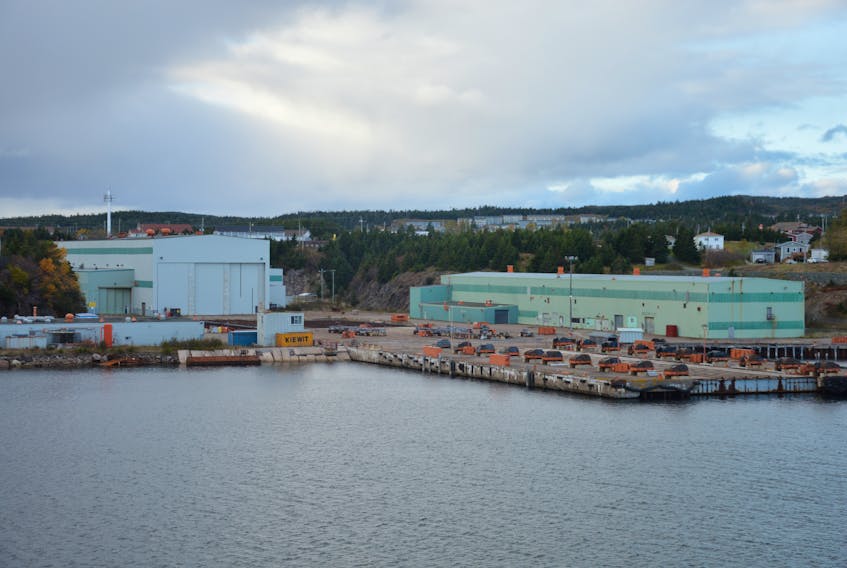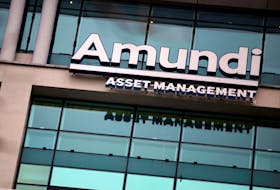Provincial Environment Minister Graham Letto and Premier Dwight Ball say the province is on the hook for about $1.5 million in environmental liabilities at the Marystown shipyard, including about $400,000 for lead and asbestos abatement work in the shipyard buildings.
The Telegram confirmed the amounts come from an estimate completed by environmental consultant GHD, recently submitted to the government’s pollution prevention division, following investigation at the site in 2018.
The shipyard property was established in 1968 and once owned by the province, until 1997. It is now the subject of a private sale — involving private companies.

But through an indemnity agreement at the time the shipyard was privatized, a historical environmental liability has remained on the government books for decades. Both the current minister and premier are suggesting spending on further cleanup at the site right now to reduce the liability makes sense, given the private sale to Marbase is expected to result in full use of the site once again, as a supply base for the province’s growing aquaculture industry.
“Our belief is that we need to get in there and get this cleaned up so we can get some people working in there rather than continue on with these indemnities,” Ball told reporters, after being questioned on the environmental issue, at the House of Assembly Monday.
“At least we reduce the risk for people in the province,” he said.
Letto responded to similar questions back on Friday, March 8, at an unrelated announcement on energy efficiency programming. He said consultant GHD detailed the issues remaining at site and provided the cost estimate.
“We feel that the work that’s been done by the consultant showed that the remediation that needs to be done is a result of when we owned the place, when we owned the facility. That was prior to 1997. There’s things there like asbestos and lead paint that need to be removed for instance. That’s been there since we owned the place. So it’s our responsibility and our liability to clean it up,” he said, making it clear he believes the province will not be covering any costs it was not already responsible for as a result of the indemnity agreement.
“We will live up to our responsibilities to make sure that the site is safe and it’s been remediated to the point where people can work safely there, and create those jobs that are much needed on the Burin Peninsula,” he said.
GHD completed a survey of hazardous building materials, noting areas of chipping lead paint and asbestos-containing material remaining inside the old shipyard buildings. A supplemental environmental site assessment was completed, looking beyond just the inside of the buildings, including soil and groundwater sampling, and following up on past assessment work. The consultant completed a human health and ecological risk assessment, and then the estimate on the cost for remediation work. Resulting reports have been obtained by The Telegram.
Addressing lead paint and asbestos-containing material was estimated by GHD at about $375,000 plus HST, while the majority of the roughly $1.5-million cost is related to the proposed excavation and off-site disposal of soil with high metal content (particularly chromium) and oil (hydrocarbons generally). The consultant notes a possible alternative approach to the soils, whereby the affected soil would remain in place. Various pieces of on-site monitoring of groundwater, soil and sediments were suggested.
Twitter: @TeleFitz
RELATED
- Marbase, not Marystown, now looking to purchase former shipyard
- Government of N.L. to take on environmental liabilities at shipyard site
RELATED LINKS









